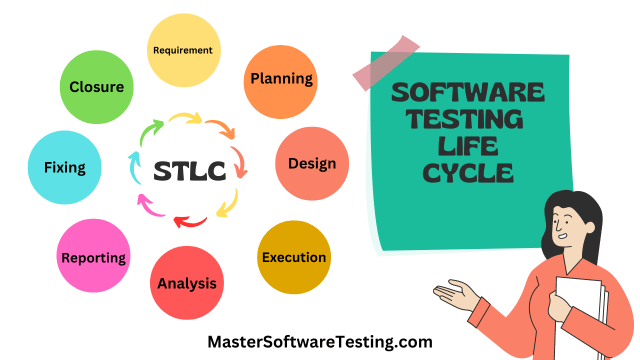
4/25/2023
My latest article - What is Exploratory Testing? Learn with a real world example
 Unveiling the
Test Analysis Phase in the Software Testing Lifecycle
Unveiling the
Test Analysis Phase in the Software Testing Lifecycle
In this article, we'll explore the Test Analysis phase of the Software Testing Lifecycle (STLC).
You'll learn the steps, deliverables, entry and exit criteria, risks, schedules, and tips for performing this phase effectively.
Test analysis is the fifth phase in the software testing lifecycle, after test requirement analysis, test planning, test design, test execution and before test reporting.
 Phases of the Software
Testing Lifecycle
Phases of the Software
Testing Lifecycle
 Steps in
Test Analysis Phase
Steps in
Test Analysis Phase
 Entry and Exit Criteria for Test Analysis Phase on STLC
Entry and Exit Criteria for Test Analysis Phase on STLC
Risks
Schedule
 Tips for
Performing Effective Test Analysis Phase
Tips for
Performing Effective Test Analysis Phase
The Test Analysis phase is a crucial part of the Software Testing Lifecycle.
By understanding the steps, deliverables, entry and exit criteria, risks, and schedules, as well as implementing effective test analysis strategies, you can ensure that your testing efforts contribute to continuous improvement and application quality.